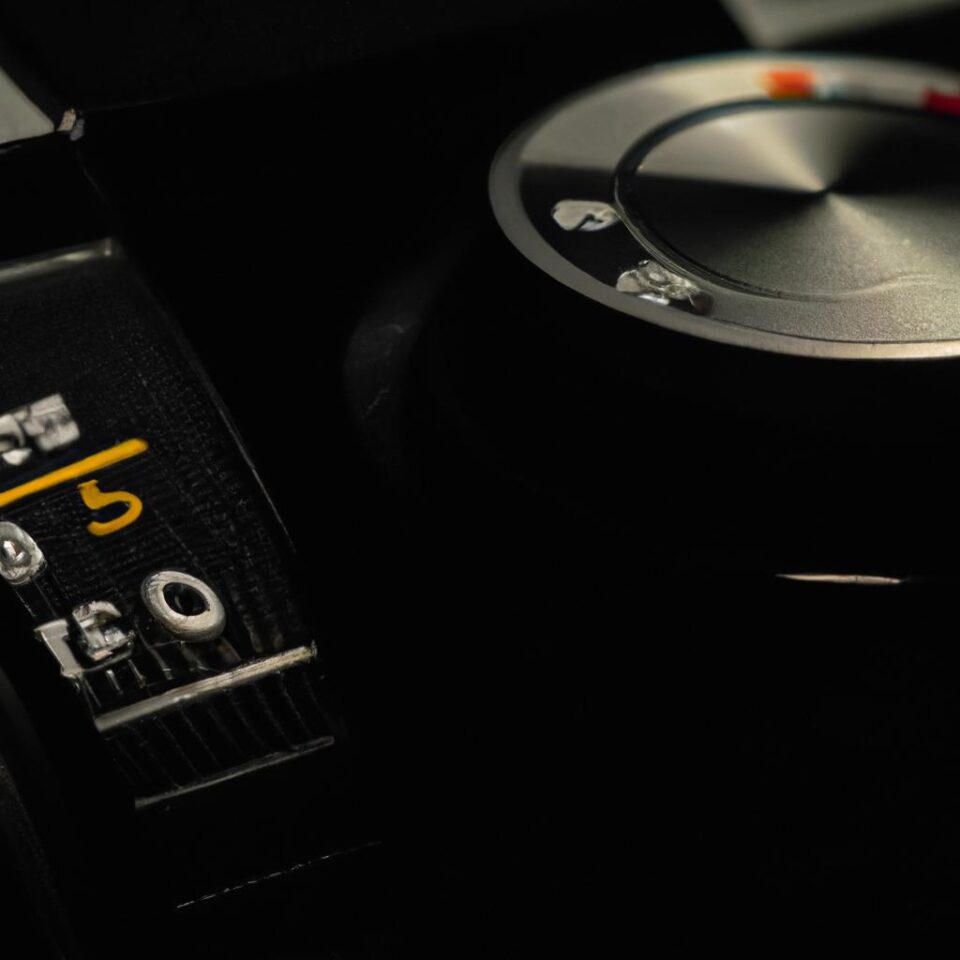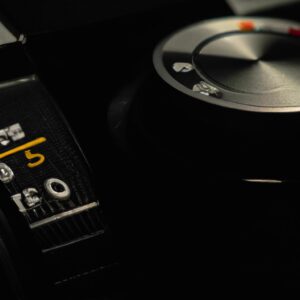Understanding Aperture, Shutter Speed, and ISO
Are you interested in becoming a better photographer? Mastering the art of photography means understanding the fundamentals, like aperture, shutter speed, and ISO. These settings are vital to getting the most out of your camera and producing stunning results.
Aperture, shutter speed, and ISO are all components of the fundamentals of photography that affect the outcome of an image. It is important to understand how each of these settings works in order to take great photos.
In this guide, we will explore the basics of aperture, shutter speed, and ISO, as well as how to adjust these settings on a camera. Let’s get started!
Aperture Basics
Aperture is one of the main settings on your camera that determines how light enters your lens. It works by changing the size of the hole through which the light is allowed to reach the camera’s sensor. By adjusting the size of this hole, you can create different effects with light and color, such as blurring the background or making certain elements of the image stand out.
The size of the aperture is measured in f-stop values, like f/3.5 or f/5.6. The larger the f-stop number, the smaller the aperture; whereas the smaller the f-stop number, the larger the aperture. So an aperture of f/2.8 is much larger than an aperture of f/11.
One of the main effects of changing the aperture is its impact on the depth of field, which refers to how much of an image is in focus. A wider aperture (low f-stop number) will give you a shallower depth of field, meaning only the subjects close to the camera will be in focus. A narrower aperture (high f-stop number) will give you a deeper depth of field, meaning more elements of the image will be in focus.
To demonstrate the different effects of changing the aperture, take a look at the following examples. In the first image, the aperture was set to f/2.8, creating a shallow depth of field where only the subject in the foreground is in focus:
- Example 1: aperture set to f/2.8
- Example 2: aperture set to f/8
- Example 3: aperture set to f/16
Shutter Speed Basics
Shutter speed is the amount of time that a camera’s shutter remains open when taking a photo. It is measured in seconds or fractions of a second, from several seconds to 1/8000th of a second. The use of a faster shutter speed enables you to freeze fast-moving objects by stopping motion and capturing more light. A slower shutter speed can be used to create motion blur and soften images.
When choosing a shutter speed, there are several factors to consider, such as image brightness, motion effects, desired depth of field, and ISO sensitivity. The faster the shutter speed, the less light reaches the sensor, so it’s important to balance the need for shutter speed with the need for image brightness.
You can also use shutter speed to control motion effects. A slower shutter speed creates motion blur which can add a dramatic effect to the photo. Conversely, a faster shutter speed can help to reduce or eliminate motion blur. A slower shutter speed will also result in a narrower depth of field since less light is reaching the sensor.
The ISO setting of the camera also plays an important role in how the shutter speed is chosen. A higher ISO allows more light to reach the sensor but can result in grainy images. It’s important to keep this in mind when determining the right shutter speed for the desired result.
Examples of different uses of shutter speed include: blurring background motion such as flowing water or movement in a crowd; freezing action shots such as sports or wildlife; creating intentional blur or ghosting; and choosing a slow shutter speed to capture the night sky.
Understanding ISO Basics
ISO is short for International Standards Organization and is the sensitivity of your camera to light. A higher ISO usually results in a brighter image, but can also result in more digital noise and grain appearing in the image. ISO settings help you balance the amount of light you let into your camera and the amount of digital noise your camera will capture.
The lower the ISO number, the less sensitive your camera will be to light, while the higher the ISO number, the more sensitive your camera will be to light. Generally, when shooting in bright conditions you would use a lower ISO setting (100-400) and in darker conditions, you would use a higher ISO setting (800-3200).
Using the correct ISO setting is one of the most important elements of taking a good photo. It’s important to understand how ISO works and practice using different ISO settings when shooting in different lighting situations.
To demonstrate the effects of ISO, here are some examples of photos taken with different ISO settings:
- Low ISO photo taken in bright light (ISO 100)
- Medium ISO photo taken in moderate light (ISO 400)
- High ISO photo taken in low light (ISO 3200)
How to Alter Settings
The use of manual overrides on cameras allow you to adjust the aperture, shutter speed and ISO settings. Being able to manually adjust these settings can give you greater control over the final images you produce. There are a few advantages to taking control of your camera in this way.
- You can adjust the settings depending on the type of photo you’re capturing.
- You can adjust the settings depending on the available light.
- You can create photos with different effects by manually adjusting the settings.
For example, if you’re trying to take a portrait, you should adjust the aperture to a lower number. This will help you create a photo with a shallow depth of field, which helps to bring the focus on the subject. Additionally, if you’re trying to take a photo of something that’s moving quickly, you should adjust the shutter speed to a higher number. This will allow you to freeze the movement of the subject, creating a sharper image.
Adjusting each setting requires practice and experience. The more you experiment with adjusting the aperture, shutter speed, and ISO settings, the more comfortable you will become with them. You can even check out online tutorials or take classes to further hone your skills.
Conclusion
In conclusion, it is important to understand aperture, shutter speed, and ISO settings in order to take amazing photos. Mastering the use of these settings allows photographers to control depth of field, motion, and brightness in their photos. With the right knowledge and practice, you can alter these settings manually with your camera to get the results you’re after. With patience and dedication, you can become a pro at using aperture, shutter speed, and ISO settings.
If you would like to further your understanding of these settings, there are many websites, books, and YouTube channels that can assist. Finding courses and tutorials online from reputable sources is a great way to quickly increase your knowledge. Experimenting with your own camera and taking lots of practice shots will also help solidify your mastery of these essential photographic elements.
comments: 0

